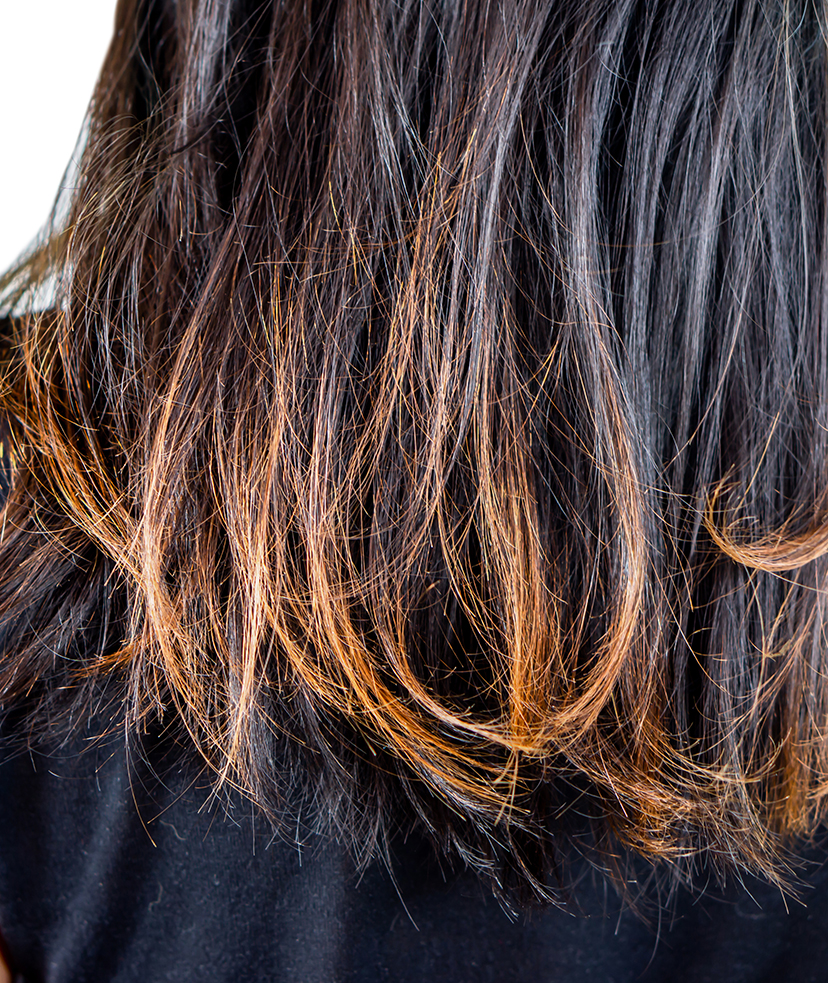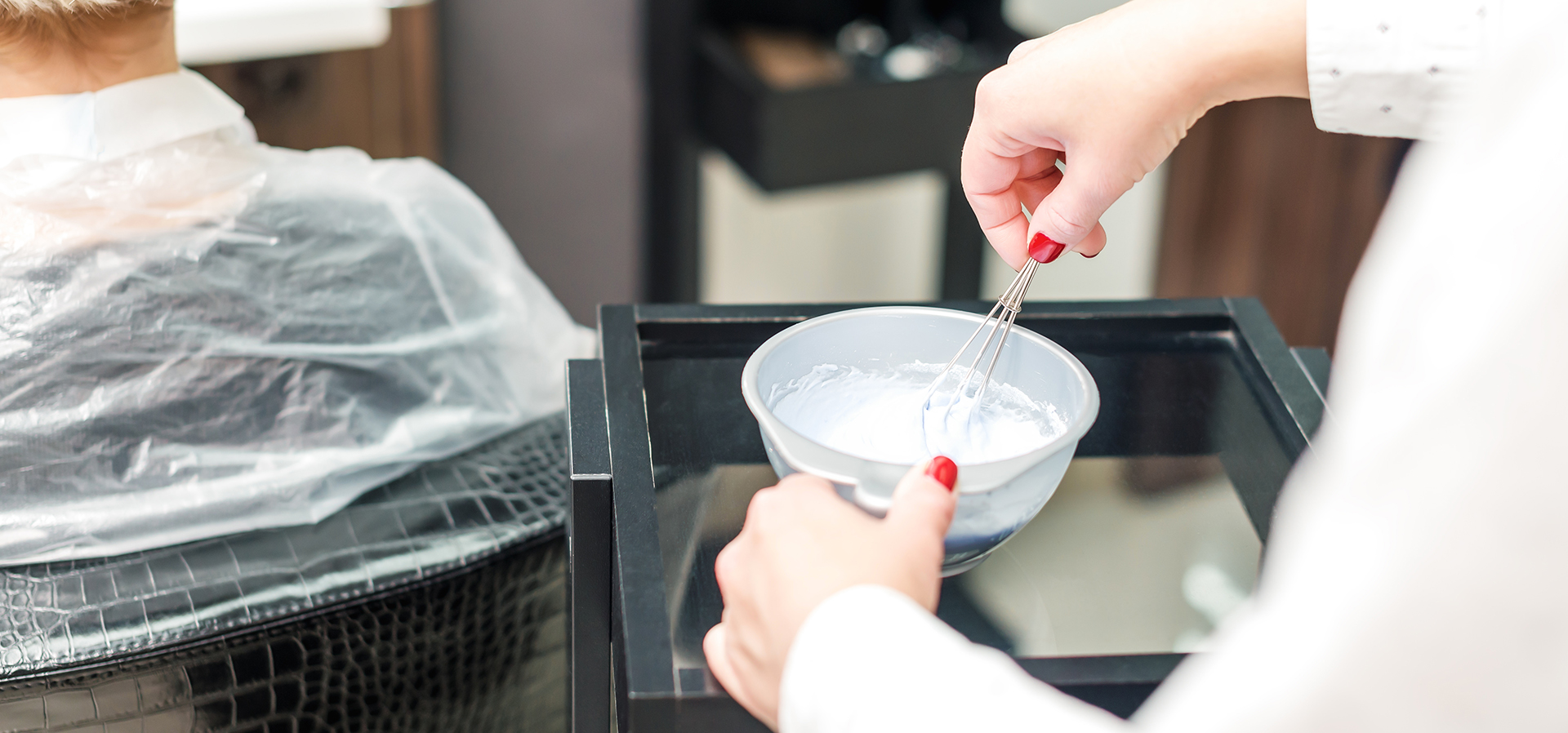An allergic reaction can be serious, causing rashes, swelling, and, at worst, anaphylaxis. Unfortunately, we aren’t always aware of allergies that we may have until we’re exposed to certain substances. Such is often the case with hair dye allergies. If you have an allergic reaction following a visit to a hair salon or after using an in-home hair dye kit, contact emergency services immediately. At McLean & Potomac Dermatology, we can identify your allergens and help you get the care you deserve. Schedule a consultation at one of our locations today.
What Could Cause a Hair Dye Allergy?
Allergic reactions to hair dyes are common. They often appear in the form of contact dermatitis, a red, flaky, itchy rash in the areas of the skin that have come in contact with the dyed hair. The most common affected areas are the face, eyelids, ears, and neck. Allergic reactions can appear anywhere from three to six weeks after a hair dye treatment, especially when the hair comes in contact with the skin for prolonged periods of time or when the hair is rinsed directly onto the skin.
Multiple ingredients in hair dye have been found to be common allergens, including, but not limited to, para-phenylenediamine (PPD). PPD is a chemical that is often used in hair dyes to create a more natural look. It can cause redness, scaling, and itching of the upper eyelids and ears. More severe reactions include swelling of the face, eyelids, scalp, and even anaphylaxis.

Hair Dye Allergy Treatment and Prevention
Rashes can be treated with topical steroid ointments; to prevent further flare-ups, discontinue using the hair dye that caused the rash and other hair dyes or products with the same ingredients.
Before anything is applied, make sure to patch-test the color on your inner wrist or arm to see which colors or brands you react to. This is the most effective way to avoid a rash or reaction to certain dyes. Every color (both at home and professional types) is constituted differently, and it is important to know how you respond to each kind.
Tips:
- Putting a few packets of Sweet N’ Low in with your color can cut irritation and itching due to the cream of tartar and saccharin in it, which helps neutralize some of the irritants.
- Look for products like Antidot Pro, which can be added to color to help eliminate itching and burning. It contains an antihistamine, making it more comfortable for those with mild reactions to color.
- Avoid contact between the hair and skin when washing and drying the hair.
- Rinse the hair away from the body rather than directly on it.
- Lean your head forward while rinsing your hair in the shower, and let the water rinse away from your body.
- Immediately after rinsing the hair, use a towel to gather it and towel dry it.
- Blow dry the hair downwards to avoid any contact with the skin.
Find Hair Dye Allergy Treatments in McLean, VA, or Potomac, MD
If you’re experiencing an allergic reaction to your hair dye, you need to contact emergency services immediately. If you’ve had allergy symptoms in the past and would like to investigate them, our team can help. McLean & Potomac Dermatology is staffed by expert dermatologists who can provide you with the testing and care you need to stay allergy-free.
You can reach us by messaging us through the Klara app on this website or giving us a call at (703) 356-5111.


